Strang Line Car Barn
Introduction
Text-to-speech Audio
Built in 1906, the Strang Line Car Barn worked to house and repair trolleys for the Missouri and Kansas Interurban Railway, while also providing power to the electric track. Established by the founder of Overland Park, William B. Strang, the car barn operated until 1940 when the rail line was shut down and abandoned. Eventually the tracks and much of the surrounding infrastructure was demolished, but the original car barn remains. Today the building is occupied by a furniture store.
Images
Current exterior of the building, courtesy of Traditions Furniture
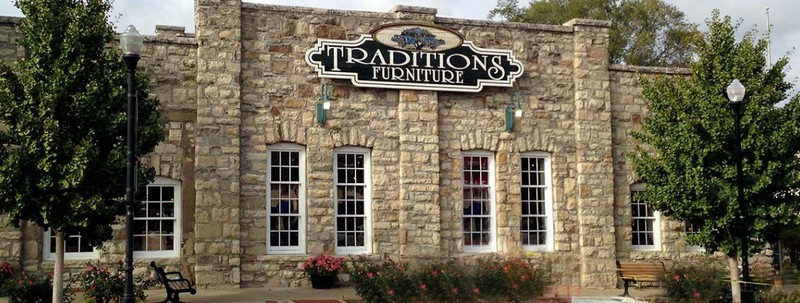
A plaque to commemorate the history of the Strang Line

The Strang Line Car Barn and electric room c.~1910. Courtesy of Johnson County Museum.
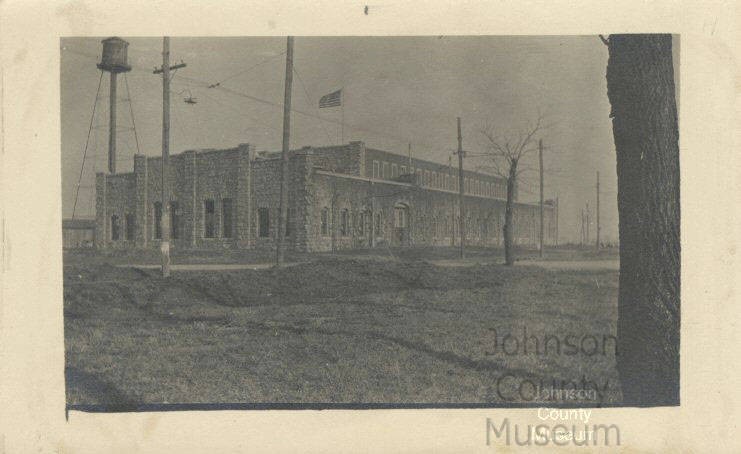
One of the trolley cars that would run on the Strang line, courtesy of Johnson County Museum
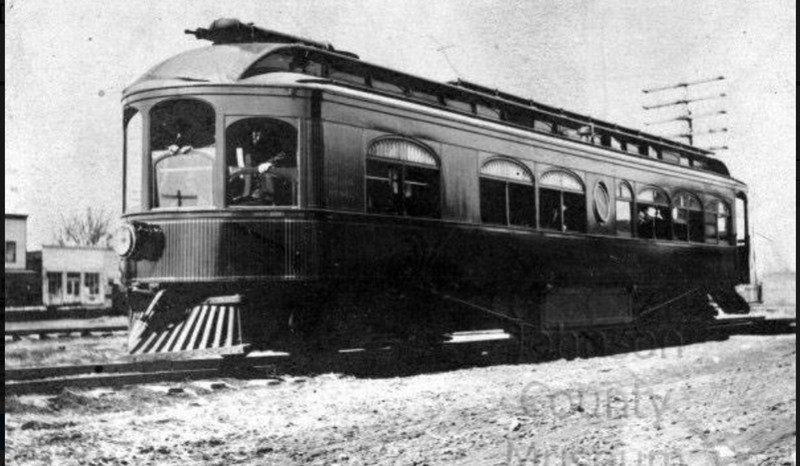
William Strang, courtesy of Overland Park Historical Society
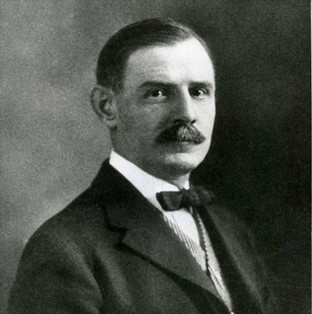
The car barn during its time servicing the Strang line, courtesy of the Johnson County Museum
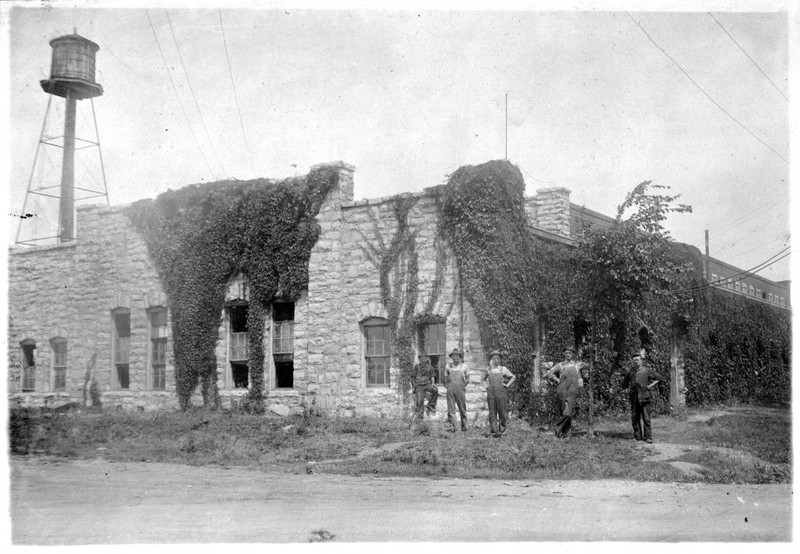
The car barn shortly after being abandoned, courtesy of the Johnson County Museum
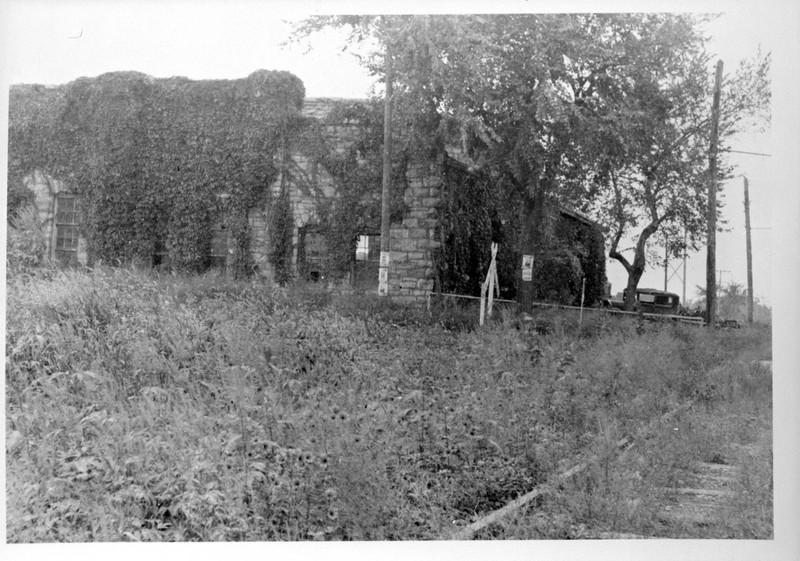
Damage done by the 1903 Kansas River flood, courtesy of Overland Park Historical Society
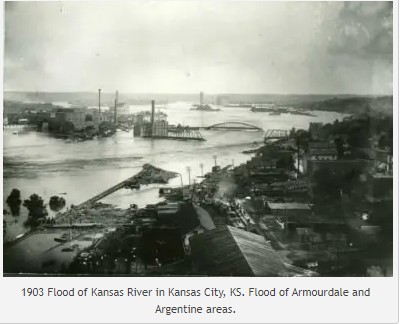
Backstory and Context
Text-to-speech Audio
The Strang Line Car Barn was one of the first buildings to be constructed in Overland Park and was built by railroad magnate William B. Strang Jr.. A first generation American, Strang was born in Syracuse, New York to Irish immigrants in 1857. He made his name as an entrepreneur and railroad magnate across the continental United States before settling in Kansas in 1885. By the dawn of the twentieth century Kansas City was growing rapidly in population and in 1903, much of the surrounding area was devastated when the Kansas River flooded. This provided Strang with an opportunity to develop land around the city for new rail lines and residential areas to replace those lost in the flood. In 1905 he purchased 600 acres of land south of Kansas City to develop a suburb. This land was purchased on high ground above the floodplain to protect its residents. Strang created a railway company called the Missouri and Kansas Interurban Railway with the idea of creating an electric rail line to connect his new suburb to Kansas City.
By 1906 the line was up and running, and the car barn was already built at the end of the tracks. In its original form, the car barn served to repair the trolley cars and provide electricity to the rail line. The rail line connecting Overland Park to Kansas City greatly facilitated the suburb's early population growth. During its operation the rail line was commonly colloquially referred to as the Strang line by people in the Kansas City area. Strang built many other projects in Overland Park, including an airfield that hosted numerous airshows with early aircraft. This airfield no longer exists as it was demolished to make way for further residential developments.
It was Strang’s vision for Overland Park to be a small town rural getaway for those who felt stuck in the urban landscape of Kansas City. The electric rail line operated differently than traditional railroads. It ran far more often throughout the day with a much cheaper fare to ride, because the line’s primary purpose wasn’t to make money rather it was to facilitate travel between Kansas City and Overland Park. This system was ideal for families wanting to have a day trip getaway to the countryside and return home at the end of the day. The line also provided quick access to Kansas City’s employment opportunities to Overland Park’s residents. Much of the car barn was destroyed in a fire in 1925 and had to be rebuilt. The original rail line was popular and operated for several decades before its closure in 1940. Since then, the rails have all been removed and little remains of the original infrastructure planned by Strang. The car barn, a small artificial lake nearby, and the Strang carriage house down the street are all that remains of the original structures.
Today, a furniture store operates out of the Strang Line Car Barn building and proudly showcases the building’s original limestone exterior. It sits near the middle of downtown Overland Park, which is no longer a rural suburb as it is now physically connected to the Kansas City metro area. Most of the passenger rail traffic between Overland Park and Kansas City has been replaced by automobile traffic. Strang died in 1921, almost two decades before his rail line closed forever.
Cite This Entry
Allen, Charles and Nichole Stahly. "Strang Line Car Barn." Clio: Your Guide to History. July 22, 2022. Accessed March 21, 2025. https://theclio.com/entry/154721
Sources
William B. Strang Jr, Traditions Furniture . Accessed July 21st 2022. https://www.traditionsfurniture.com/shop-downtown-overland-park/downtown-overland-park.html.
Kelly, Dan. Kansas City’s interurban rail system left a trail of mayhem, memories, Page Suite. Accessed July 21st 2022. https://edition.pagesuite.com/popovers/dynamic_article_popover.aspx?artguid=784aac64-7535-4a03-8754-be42516b2af3&fbclid=IwAR33067rdUfI2et35ppygFxxeXwTY-_eXfmgsPa0O5COPOvnN1vTI61AWYk.
Strang Line Car Barn, The Native Sons and Daughters of Greater Kansas City. Accessed July 21st 2022. https://www.nsdkc.org/strang_line_car_barn.
STRANG LINE CAR BARN & POWER PLANT, THE PENDERGAST YEARS. Accessed July 21st 2022. https://pendergastkc.org/local-subjects/strang-line-car-barn-power-plant.
Fischer, William . William B. Strang, Jr, Historical Marker Database. Accessed July 21st 2022. https://www.hmdb.org/m.asp?m=69332.
Do you know how Overland Park got its start?, Johnson County History . May 31st 2013. Accessed July 21st 2022. https://jocohistory.wordpress.com/2013/05/31/do-you-know-how-overland-park-got-its-start/.
https://www.traditionsfurniture.com/locations.html
https://www.nsdkc.org/strang_line_car_barn
https://jocohistory.org/digital/collection/jcm/id/140/rec/1
https://jocohistory.org/digital/collection/jcm/id/1424
https://pendergastkc.org/collection/13799/jcm1984-20-8/strang-line-power-house-and-car-barn
https://pendergastkc.org/collection/13799/jcm1989-41-35/strang-line-car-barn-covered-ivy
https://www.jocohistory.org/digital/collection/ophs/id/685

